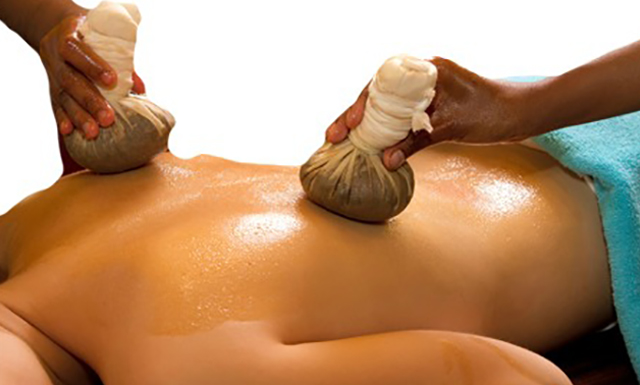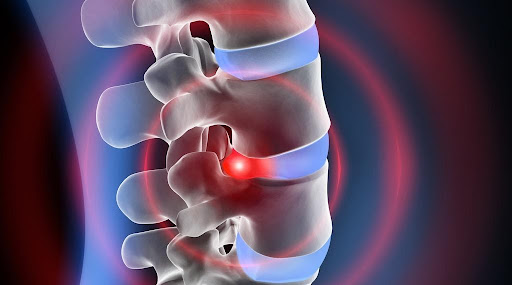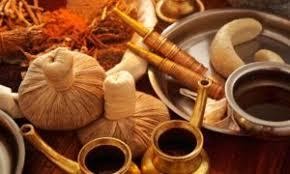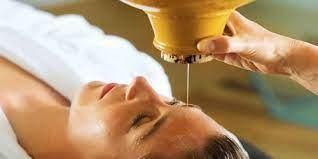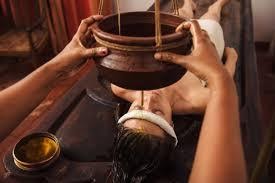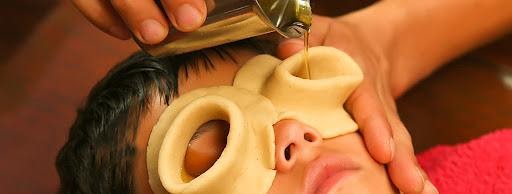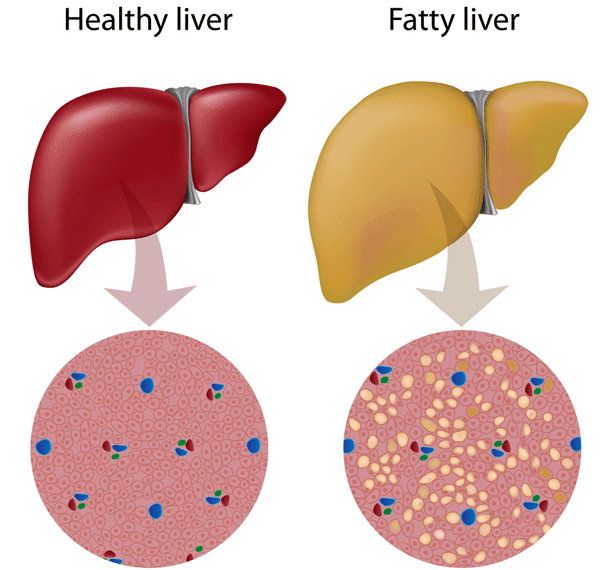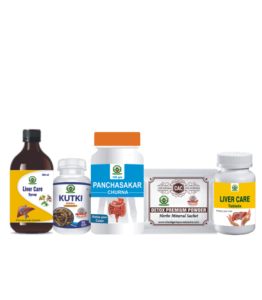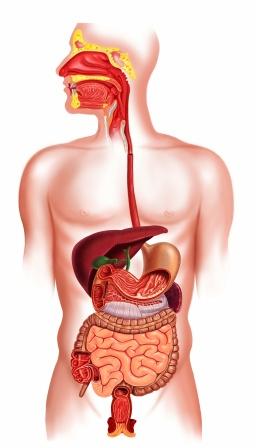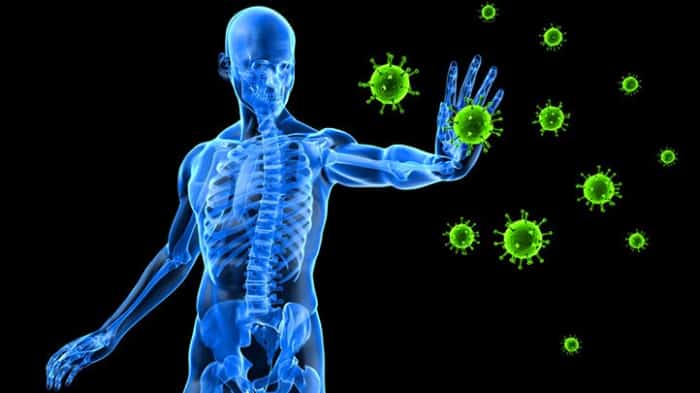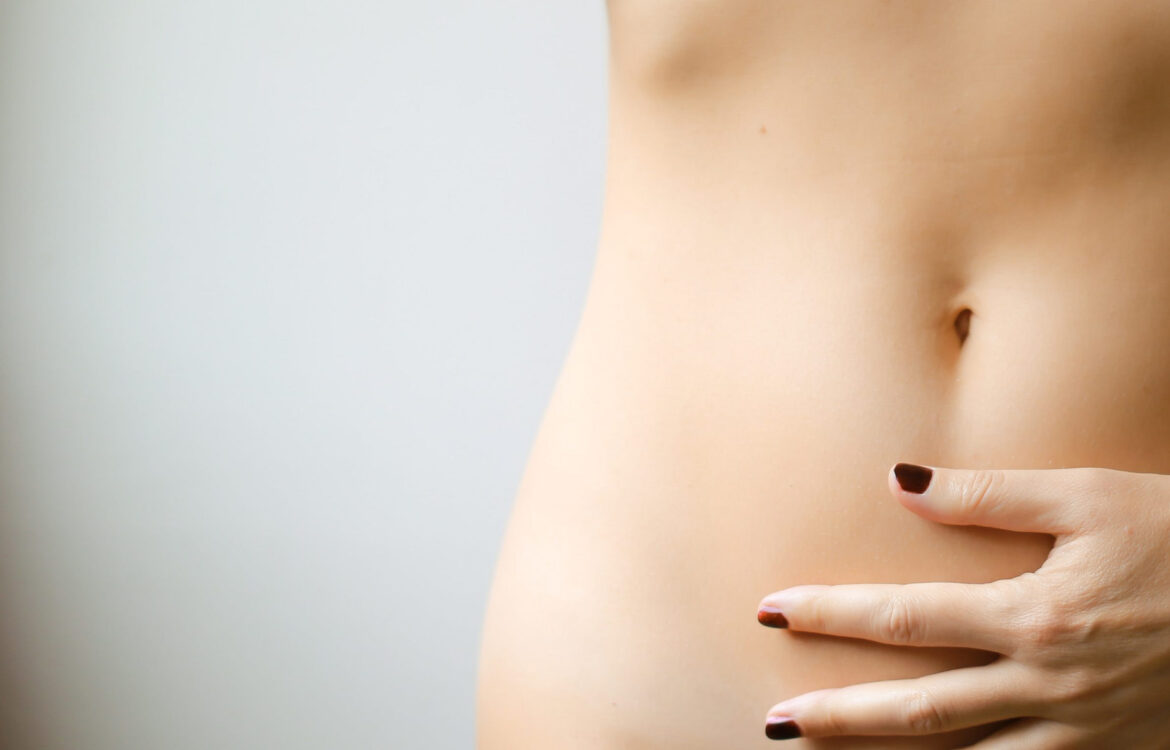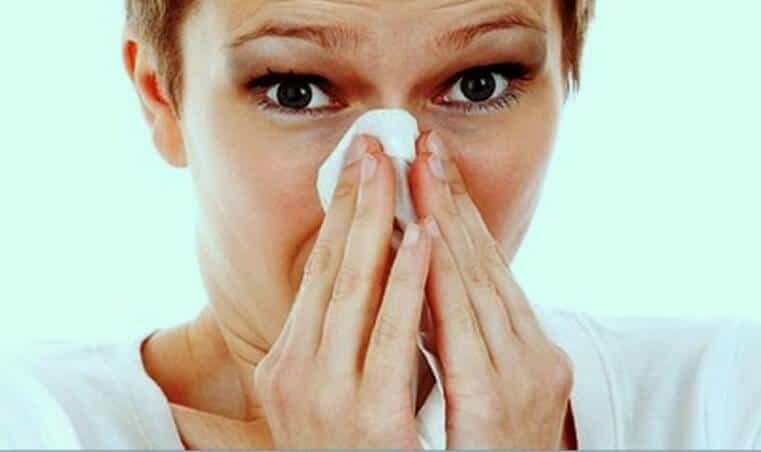The medical system of Ayurveda is completely different from the modern system of medicine (Allopathy). This therapy does not directly attack any disease or its bacteria, but its aim is to make the patient’s immunity so strong that the disease or defects or other factors all end on their own.
There are many such diseases, even after treatment, they recur again and again in the body. To eliminate such diseases, the body needs to be modified from within. In ayurveda, for the prevention and treatment of these diseases, the healing process of elimination therapy, which removes the impurities and defects of the body, is called Panchakarma-chikitsa.
Panchakarma therapy is a very important part of Ayurvedic medicine. It is clear from the word Panchakarma that these are five types of special actions which remove impurities and defects from the body. The karmas which are performed before this therapy are called purva karma.
These five Karmas are as follows:
1- Vamana Karma or Emetic therapy
2- Virechana Karma or Purgative therapy
3- Nasya (Nasal instilillation Therapy)
4- Anuvasana Basti (Enema Therapy)
5- Nirooha Vasti (Another type of enema)
Some scholars like Sushruta have counted Raktamokshana or ‘Bloodletting therapy’ in place of Nasya in Panchakarma.
However, before doing all these deeds, it is very important to see whether you are physically and mentally fit or not. If you are not capable of that, then instead of benefit, there may be loss.
The preparation done before Panchakarma is called Purvakarma and the precautions and abstinence to be taken after it is called “Pachtkarma”. Let us know in detail about these five karmas.
VAMANA KARMA
In this therapy, the purification of the stomach is done by using drugs that induce vomiting, this is called ‘vamana’ karma.
Read Also: Benefits Of Panchkarma Treatment In Winters
This action is not done in hot and cold weather. The main purpose of this action is to expel the frozen phlegm in the body through vomiting.
INDICATIONS
This Vamana karma is very beneficial for such patients who are suffering from Kaphaja and Pittaja disease.
Vamana Karma is useful in the treatment of following diseases and problems.
- Cough
- Asthma
- Cold
- Fever
- Getting nausea
- loss of appetite
- Indigestion
- tonsils (galshundi)
- Anemia
- Effect of poison
- Lower body bleeding
- Leprosy and other skin diseases (itching, erysipelas etc.)
- Knots and gills
- Swelling
- Nasal bone enlargement
- Urinary disease
- Hypersomnia
- Drowsiness
- Epilepsy,
- frenzy
- thin stools
- ear discharge
- fat gain and disease
- Ripening of the sinuses and nose, palate and lips
Which people should have Vamana Karma?
People who are suffering from above mentioned diseases and are strong in body.
Also, the use of this therapy is beneficial for those who do not have any kind of problem due to vomiting.
WHO IS NOT ELIGIBLE FOR THIS?
- Children
- Old age or elderly
- Very thin person
- Heart patients
- Patients with cavity in lungs should not do this activity.
- Apart from this, in case of bleeding from the upper limbs
- During menstruation
- Very fat and sick person
- A person suffering from alcohol intoxication should also not do this Karma.
- Bhiru- If you are afraid of vomiting or you find vomiting very difficult, then do not do this activity.
- Patients suffering from cataract
- Worms in the stomach or jaundice are also unfit for this action.
Pre-Vomiting Preparation
- Before doing this Karma, such things are done so that the kapha in the body becomes unbalanced.
- For this, oil is given to the patient one to three times before so that his stool becomes smooth and starts feeling nauseous.
- Oil is massaged on the chest and back on the previous night with vaman kriya.
- By doing this the phlegm starts melting. Basmati rice, milk, buttermilk, curd etc. with more salt are given to counter balance the kapha.
Drugs Used
- Rock salt and honey must be used in this process.
- Apart from this, madanphal, liquorice, neem, jimut, bitter Torai (Tumbi), pippali, kutaj, cardamom are the main ingredients for vomit.
- Bitter, sharp and hot things are used for the person suffering from phlegm outbreak.
PROCEDURE
- For vomiting, the patient is made to sit comfortably on a high chair with knees bent on his feet or up to his knees.
- After this the decoction is given to the patient, which causes nausea.
- After this, vomiting is done by putting a finger in the mouth.
- By doing this, first phlegm, then medicine and then bile comes ou
- Keep in mind that there should be vomiting till the bile comes out.
- If the patient feels lightheaded after vomiting, then the vamana Karma is considered successful.
Post-Operative Procedure-
In case of hunger, the patient should be given moong dal, boiled and sali rice with vegetable soup.
It is necessary to abstain from cold drinks, physical exercise, sex, anger, ghee or oil massage for a day. There should be no indigestion.
Results
- After doing this, there is a feeling of lightness and freshness in the body. If the doshas appear more unbalanced than before.
- If there is more heaviness, laziness, greasiness etc. in the body, nausea, stickiness, itching etc.
- On the contrary, if the patient has symptoms such as excessive dryness, fainting, excessive weakness, anorexia, excessive thirst, etc., then it should be understood that the effect of that action has been more than necessary. Contact your doctor if you feel like this.
Virechana Karma
When medicines are used to expel the fecal matter located in the intestines from the anus, then this action is called virechana.
This is an important Purgation action. It is generally used in winter season but if there is any serious disease then it can be used in any season.
In which diseases is it beneficial?
Getting virechana kriya is beneficial in case of following problems-
- Dyspepsia
- Stomach enlargement
- Skin disease (leprosy)
Who should not get virechana done?
- Children
- Old age people
- Weak people
- Pregnant women should not undergo Virechana Kriya.
- Obese people
- Women who have recently given birth to a child should also not do this action.
The nature of the cell of all human beings is not the same. Before virechana, drugs are selected after knowing the nature of the patient’s Koshta.
There are three types of Koshta in Ayurveda-
- Mridu Koshta
- Madhya Koshta
- Krura koshta
While doing virechana, pay attention to your Koshta.
Nasya Karma or Nasal Instillation therapy
The treatment which is taken through the nose in diseases of the head, eyes, nose, ears and throat is called Nasya or Shirovirechana.
Under this procedure also the phlegm is taken out. There are mainly two types of Nasya Karma:
- Rechana or Karshana Nasyam
- For this, oils with a pungent effect or the juice of sharp medicines or oils cooked from kwath are used.
- Apart from this, the juice or powder of medicines is also used.
It is useful in the following diseases:
- Kaphaja Vikara
- Diseases of nose, ear, throat and head
- Headache
- Hoarseness
- Sinus
- Cold and cough
- Inflammation
- Epilepsy
- Leprosy
Snehana or Bruhmana Nasyam
This nasya brings Snehana in the upper limbs like head, nose etc. In this, oil or ghee cooked from the juice, kwath, kalk or powder of medicines containing oil or sweet juice is used.
It is useful in the following diseases-
- Head, nose and eye diseases
- Migraine
- In diseases of teeth, arms and shoulders
- Physical infirmity
- Dry mouth
- Ringing in ear
Which people should not undergo Nasya Kriya
- Nasya should not be given to pregnant and menstruating women.
- Apart from this, this action should not be done even after sex, food, bath and drinking alcohol.
Anuvasana Basti (Oil enema)
The process of putting any medicine in the anus is called ‘Basti Karma’. Basti karma in which only ghee, oil or other lubricating substances are used in large quantity is called ‘Anusana’ or ‘Snehan Basti’.
Advantages of Anushasan Basti
- By doing this, the stool accumulated in the intestines is cleared (purification of the cell) and there is lubrication in that part.
- Anuvasana basti increases the strength and age of the body and improves the skin.
Who should not get Anuvasana Basti
- Patients suffering from skin diseases
- Diabetes
- Urinary diseases
- Obesity
- Dyspepsia
- Asthma
- Tuberculosis etc. should not undergo Anuvasana Basti.
Indication-
- People who have more dryness in the body and have intense digestive fire.
- Suffer from diseases related to Vata dosha.
- Those people should be given an Anuvasana Basti.
Nirooha Basti (Another type of enema)
The basti karma in which kwatha, milk and oil of medicines are used for the purification of koshtha (feces frozen in the stomach), is called Nirooh Basti. This basti helps in bringing all the dhatus and doshas in the body in a balanced state.
Nirooh basti are of many types on the basis of qualities. Such as Deepana Basti, Lekhana Basti, Brihana Basti, Pichhilla Basti, Siddha Basti, Yuktarsa Basti etc.
All these are used according to the nature of the disease and the patient. Here the introduction of the Niroha basi in general is being given.
Who is not eligible for Nirooha Basti
- Nirooha Basti should not be given to physically weak, hiccups, piles, cough, asthma, swelling in the anus, diarrhea, dysentery and diabetes patients.
- Pregnant women should also not be given niroha basti.
Indication-
Patients suffering from the following diseases and problems should be niroha basti:
- Gout diseases
- Malaria
- Stomach related diseases
- stomach enlargement
- bladder stones
- acidity
- weak digestive fire
- Urinary obstruction
- Heart disease
- Diabetes
- Constipation
RAKTAMOKSHANA (Blood-Letting)
Blood is considered an important dhatu in Ayurveda. Due to the impurities of blood, many diseases start to develop in our body. Therefore, in the treatment of such diseases, it becomes necessary to remove the impurities of blood from the body.
This process of treating by removing contaminated or infected blood from the body is called ‘Raktamokshana’.
This process of removing impure blood from the body is done in two ways:
1- Shastrakrita- To draw blood by any instrument
2- Ashastrakrita- To draw blood without tools
Shastra krita or with Bloodletting tools-
There are also two methods under this-
In the first method, it is treated by making an incision at the site of contaminated blood.
Whereas the second method is used when the contaminated blood is spread throughout the body.
Ashastrakrita or without Bloodletting tools
Many methods have been described in Ayurveda to remove blood without tools.
In which blood extraction by leech, horn, alabu and bell instruments are the main ones.
Each of these methods is used to draw blood in certain diseases.
In which diseases is raktamokshan beneficial?
The process of raktamokshan can be useful for patients suffering from the following diseases-
- Swelling and irritation
- Skin redness
- Bleeding from any part of the body
- Gout
- Leprosy skin diseases
- Abscess
- Hand diseases
- Exacerbation of vata
- Elephantiasis (filaria)
- Blood poisoning
- Indigestion
- Facial freckles
- Fissure
- Breast disease
- Body heaviness
- Mouth-nose and body odor
- Discharge from ears, lips, nose and mouth
- Liver and spleen diseases
Indication of raktamokshana
People who are suffering from the above mentioned problems should get Raktamokshan. But these methods are also used depending on the condition of the patient. For example, the process of extracting blood by sringa or alabu is done in tender individuals (fragile people).
Similarly, in those who are very delicate, a jalouka is used to draw blood.
Who is not eligible for Raktamokshana?
- If you are afraid of getting blood removed from the body
- You are physically very weak and fragile, then avoid this method.
- If you are not mentally prepared for this procedure, then tell your doctor about it.
Results
After getting Raktamokshana, if there is relief from pain and the intensity of the disease decreases, swelling ends and lightness is felt in the body, then it should be understood that this process has been done properly.


